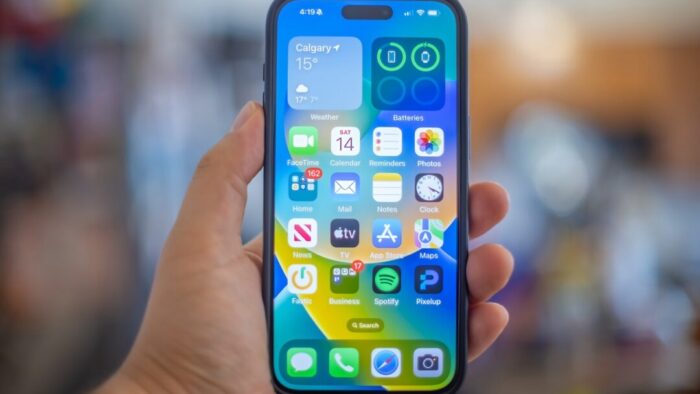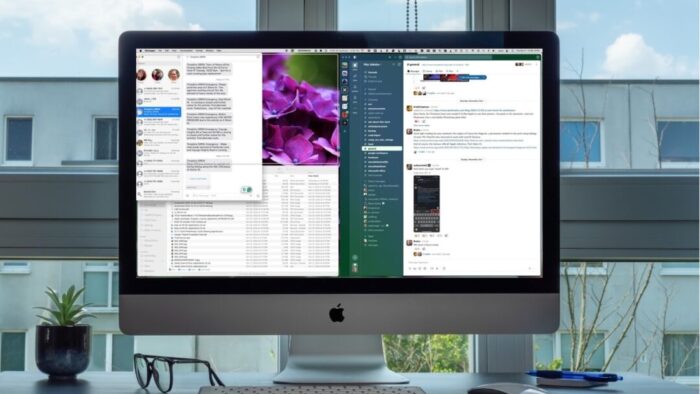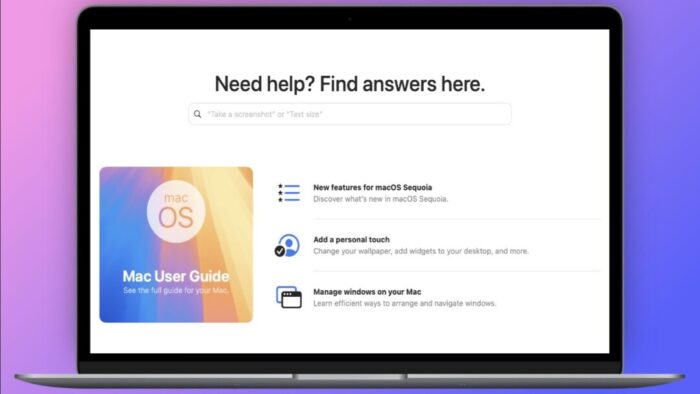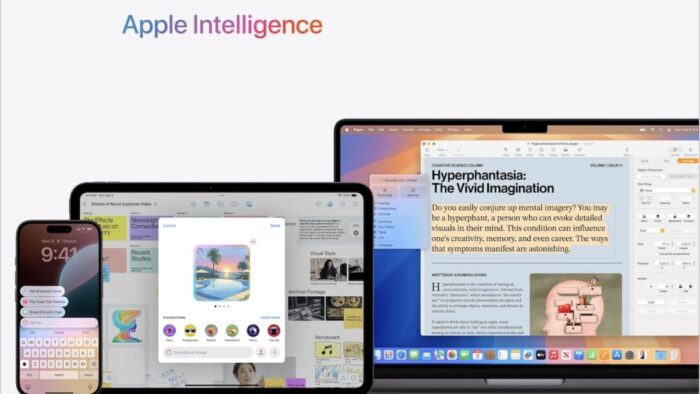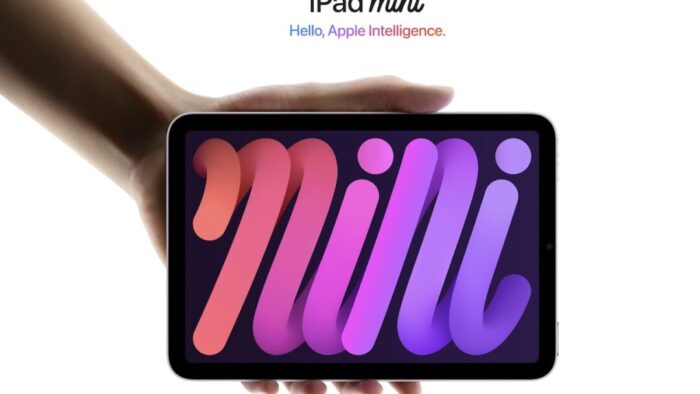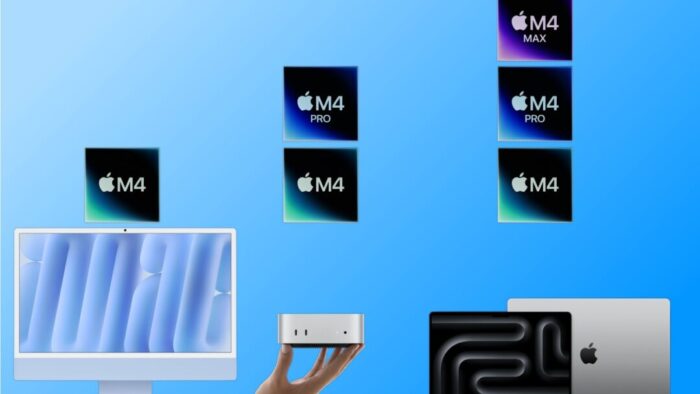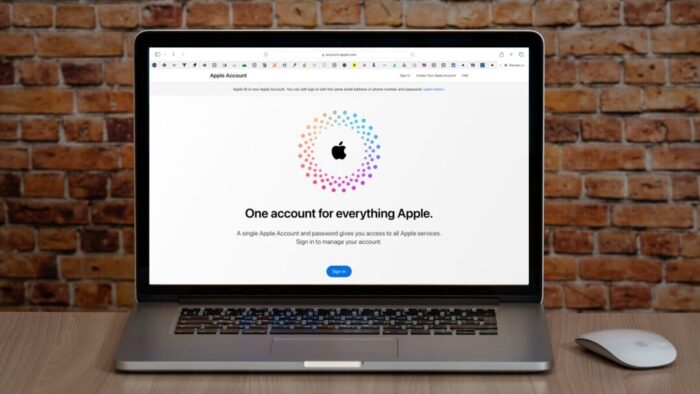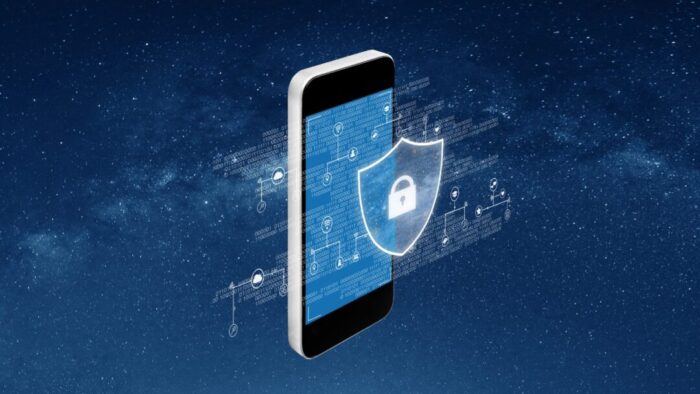If you are accustomed to opening the Camera app on your iPhone by tapping its Home Screen app icon or Lock Screen widget icon, you may find it challenging to remember to use the new Camera Control button on the side of an iPhone 16. That button is a big win for easy access to the camera and its settings. Read More from “How to Train Yourself to Use the iPhone 16’s New Camera Control Button”
In iOS 18 and iPadOS 18, Quickly Turn Home Screen App Icons into Widgets
Widgets on the iPhone or iPad Home Screen are enhanced versions of app icons that display extra information. You can now bypass the complicated widget creation process and experiment with widgets more easily. Read More from “In iOS 18 and iPadOS 18, Quickly Turn Home Screen App Icons into Widgets”
Control Window Tiling in macOS 15 Sequoia
One of macOS 15 Sequoia’s most noticeable additions is a new form of window tiling. Drag a window to the menu bar to expand it to fill the screen, to the left or right edge to resize it to half the screen, or to a corner to resize it to that quarter of the screen. As you drag, a white outline shows what will happen when you drop the window. Unfortunately, accidentally invoking window tiling can be surprising and disruptive. Read More from “Control Window Tiling in macOS 15 Sequoia”
The Importance of Properly Offboarding Employees
Employers and their employees part ways for all sorts of reasons. People may move on because of a contract’s completion, to take a new job, or because they’re retiring. Employees may also leave due to being laid off or fired. Whatever the reason, offboarding—the process of managing an employee’s departure from an organization—is essential. Read More from “The Importance of Properly Offboarding Employees”
Safari 18 Adds Highlights, Distraction Control, Redesigned Reader, and Video Viewer
Alongside this year’s crop of operating systems comes Safari 18, the latest version of Apple’s Web browser. Most of what you do in Safari depends on the websites you use, of course, but Apple has added a handful of features aimed at improving your overall browsing experience, including Highlights, Distraction Control, a redesigned Reader, and Video Viewer. Read More from “Safari 18 Adds Highlights, Distraction Control, Redesigned Reader, and Video Viewer”
Use Quick Look to Preview Files and Folders in the Finder, Spotlight, and Open Dialogs
Finder icons sometimes hint at their file’s contents, but if you find yourself opening file after file to look at the contents quickly, the Mac has a little-known feature just for you: Quick Look. Read More from “Use Quick Look to Preview Files and Folders in the Finder, Spotlight, and Open Dialogs”
Perturbed by Location Tracking Revelations? Here’s How to Protect Yourself
Recent news reports have revealed that a little-known company called Babel Street can track iPhone and Android user locations. Babel Street does this by leveraging data from mobile advertising data brokers. Investigators from data removal firm Atlas Privacy discovered they could use Babel Street’s Locate X tool to identify patients at a Florida abortion clinic, jurors in a New Jersey trial, attendees at a Los Angeles synagogue and a Dearborn mosque, and even children in a Philadelphia school. Read More from “Perturbed by Location Tracking Revelations? Here’s How to Protect Yourself”
Apple’s Tips App Provides Extensive User Guides and Helpful How-Tos
Apple has included the Tips app with the iPhone and iPad since iOS 8 in 2014 and on the Mac since macOS 10.14 Mojave in 2018. Initially, it didn’t contain much useful content, and many longtime users ignored it. However, Apple has significantly increased the amount of information in Tips over time, adding device-specific tips, full device and app user guides, highlights of new features, and more. Read More from “Apple’s Tips App Provides Extensive User Guides and Helpful How-Tos”
A Few of Our Favorite Things: Tech Edition
The holiday season is fast approaching, but we’re asked to recommend tech gear year-round. Here are some recommendations if you’re looking for a geeky gift for that special someone or need to supplement your tech toolkit with new or updated equipment. Read More from “A Few of Our Favorite Things: Tech Edition”
Watch Out for PayPal Invoice Phishing Scams
We’ve seen an uptick in fake invoices from scammers using PayPal. Because they’re being sent through PayPal itself, spam filters won’t catch them, and they have few of the usual markers of phishing email (but look for sketchy names and email addresses at the top). Read More from “Watch Out for PayPal Invoice Phishing Scams”
Use Guided Access for Securely Allowing Others to Use an App on Your iPhone or iPad
iPhones and iPads are highly personal devices, but you might want to let someone else use a particular app on yours without letting them poke through Messages, Mail, and Photos. For example, a child could play a game, a volunteer could check in attendees, or a friend could take photos. Read More from “Use Guided Access for Securely Allowing Others to Use an App on Your iPhone or iPad”
First Wave of Apple Intelligence Features Appear in macOS 15.1 Sequoia, iOS 18.1, iPadOS 18.1
Is it time to make your Apple devices smarter? Apple has just released macOS 15.1 Sequoia, iOS 18.1, and iPadOS 18.1 with an initial collection of Apple Intelligence features and a promise of more coming in December. The company is making a big deal about Apple Intelligence, calling it out as a key feature of the recent updates to the iPad mini, iMac, Mac mini, and MacBook Pro. Read More from “First Wave of Apple Intelligence Features Appear in macOS 15.1 Sequoia, iOS 18.1, iPadOS 18.1”
New Seventh-Generation iPad mini Adds A17 Pro for Apple Intelligence
Although the first wave of Apple Intelligence features won’t upend the user experience for most people, Apple is pushing hard to ensure that all its new devices can participate. That’s largely what’s behind the recently released seventh-generation iPad mini. Read More from “New Seventh-Generation iPad mini Adds A17 Pro for Apple Intelligence”
Apple Brings the M4 Chip Family to the iMac, Mac mini, and MacBook Pro
Apple has concluded a three-day release of the first Macs to use the M4 chip family, which debuted earlier this year with the iPad Pro. The updated iMac and MacBook Pro retain the same industrial designs as in the past, while Apple took a shrink ray to the Mac mini. Read More from “Apple Brings the M4 Chip Family to the iMac, Mac mini, and MacBook Pro”
Beware Fake “Sextortion” Scams
All those data breaches are coming back to haunt us. Once our phone numbers and addresses began to be leaked, it was only a matter of time before scammers would personalize their attacks to make them seem more real. The latest “sextortion” scams purport to have compromising video of you taken from your computer’s webcam, backing it up with your phone number and a Google Street View-like image that matches your leaked address. They make a lot of claims and dire-sounding threats, but talk is cheap, and there’s nothing behind them. Do not pay the scammers! Read More from “Beware Fake “Sextortion” Scams”
Test the Spammyness of Your Emails
Do colleagues report that they don’t get emails that you send? Do you use a custom domain for your business, such as soundsupport.biz or yourcompany.com? If so, you should use Mail Tester to help you assess the spammyness of email messages that you send. Previously, I wrote about how you should setup SPF, DKIM and DMARC to reduce the likelihood that your emails will be erroneously marked as spam. Mail Tester helps you assess if you have things setup properly.
Read More from “Test the Spammyness of Your Emails”Apple ID Renamed to Apple Account in Latest Operating System Releases
In macOS 15 Sequoia, iOS 18, iPadOS 18, and watchOS 11, Apple has officially renamed Apple ID to Apple Account. The new name is a slightly more sensible term because you can sign in to an Apple Account that holds your information, whereas an Apple ID was primarily an identifier—it’s an email address—that didn’t inherently imply that it stored data. The name change is mostly a distinction without a difference, but you should be aware of it when reading support documentation or tech articles. You’ll see the new term in System Settings on the Mac and Settings on the iPhone and iPad. Read More from “Apple ID Renamed to Apple Account in Latest Operating System Releases”
Restrict Access to Sensitive Apps in iOS 18 and iPadOS 18
Do you worry about family members with whom you’re otherwise happy to share your iPhone passcode reading your private diary in a journaling app? Or perhaps you want to keep your child out of apps where they could cause mischief. Read More from “Restrict Access to Sensitive Apps in iOS 18 and iPadOS 18”
Passwords Becomes a Real App in macOS 15 Sequoia, iOS 18, and iPadOS 18
Although we’re still fans of 1Password, and there are other good password managers out there, Apple has finally removed the last hurdle to using its built-in password management capabilities. Read More from “Passwords Becomes a Real App in macOS 15 Sequoia, iOS 18, and iPadOS 18”
In iOS 18 and iPadOS 18, Control Center Is Now Highly Customizable
Control Center has been a part of our iPhone and iPad experience for over a decade, first appearing in iOS 7 in 2013. It provides direct access to important controls so we don’t have to hunt through Settings or apps. On the whole, it has been a welcome addition. Read More from “In iOS 18 and iPadOS 18, Control Center Is Now Highly Customizable”


